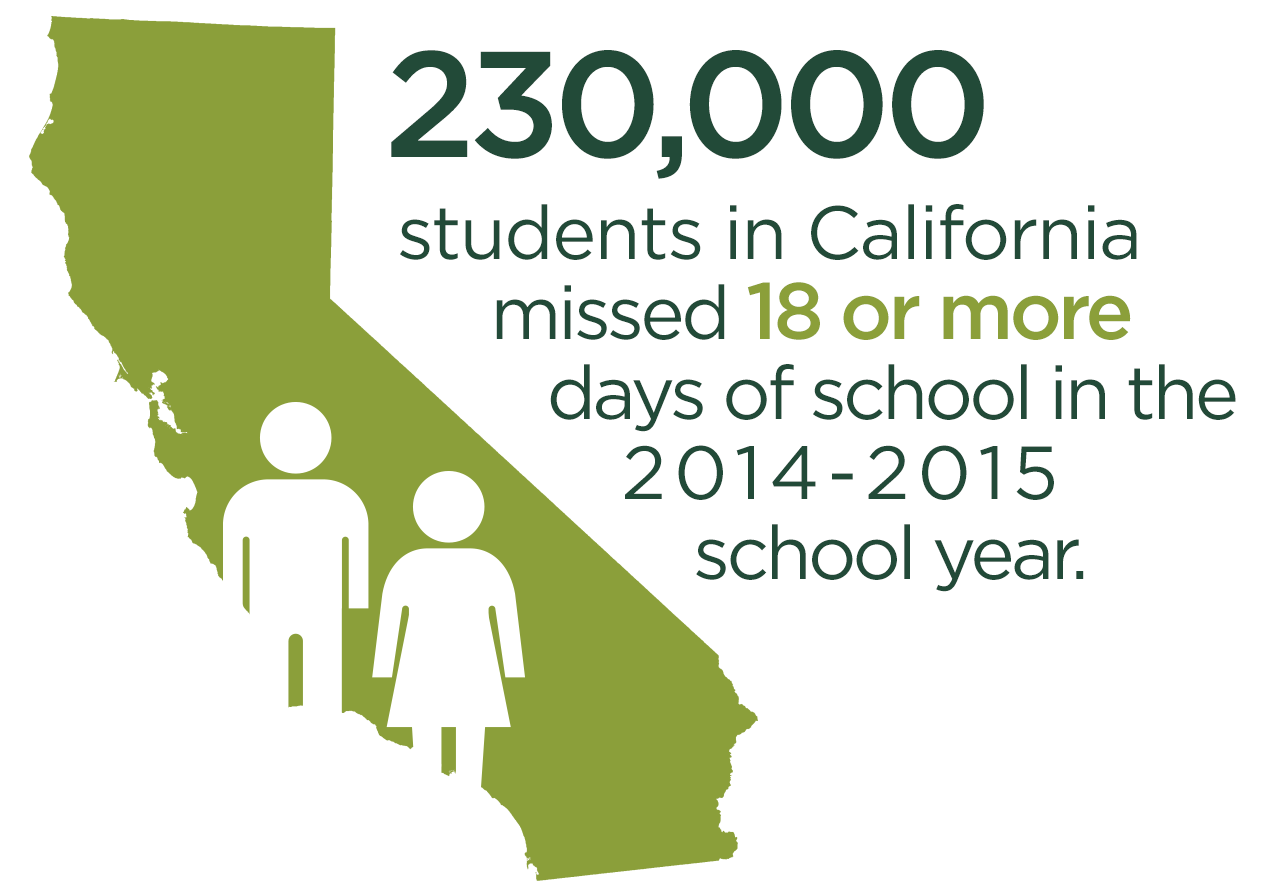In the society exist a lot of stereotypes for men and woman. Because the people want the perfect person to the perfect couple.
According to the stereotypes, the men have to be big, have to be care with his wife, andy have to be strong in his personality.
The way to dress have to be formal, to look most seriously, but in the same time, look good.
The man have to work in a office, to mantein the home, the work is part of the stereotypes, because the mando have to work in some male.
In my opinión the people have to show the society the reality of their person.
Source:http://www.healthguidance.org/entry/15910/1/List-of-Gender-Stereotypes.html
The literature provides numerous recommendations to prevent and/or reduce chronic student absenteeism. Many of these strategies have been implemented in small settings. These programs show considerable promise. However, evidence that these programs are effective at scale (i.e., implemented across a school corporation or across the state) remains limited. Based on the existing research, it does not appear that any single strategy is the most effective strategy (Maynard, et al., 2012). Broadly, the review suggests that strategies to reduce student absenteeism generally involve some form of monitoring, prevention, intervention, and as a final step some type of truancy or legal intervention. Within this broad framework, research identifies specific strategies that can be used by schools, parents, and communities to improve student attendance. Given the limitations of the existing research, it is likely that a combination of strategies must be leveraged to fully address student attendance issues.
Based on the results of this review of the existing literature, it is assumed that an effective student attendance program includes monitoring, prevention, and intervention activities. Monitoring activities should provide schools with accurate and timely information to effectively identify students who are most at-risk of becoming chronically absent. That is, these systems should provide educators with information about student attendance before the student becomes chronically absent. Second, schools and school corporations can take steps to prevent student absenteeism. These prevention activities should be broad-based and designed to educate students, parents, families, teachers, and communities about the importance of consistent school attendance while also creating conditions that incentive perfect or near-perfect attendance. More importantly, prevention measures should also include efforts to provide education and information to students – particularly in the elementary grades - so that they develop an understanding of the importance of regular school attendance. Intervention activities should be strategically focused on students whose attendance is not improving. These interventions should include immediate communication with parents about their son or daughter's attendance as well as follow-up supports that effectively assist students in arriving at school on-time, ready-to-learn. As a final measure, the research indicates that school corporations may benefit from partnerships with community agencies that offer broader access to social services and juvenile justice programs than schools alone can provide. These partnerships enable schools to reach students who are chronically absent, truant, or stopped attending school altogether.
http://www.doe.in.gov/student-services/attendance/preventing-chronic-absenteeism-truancy





